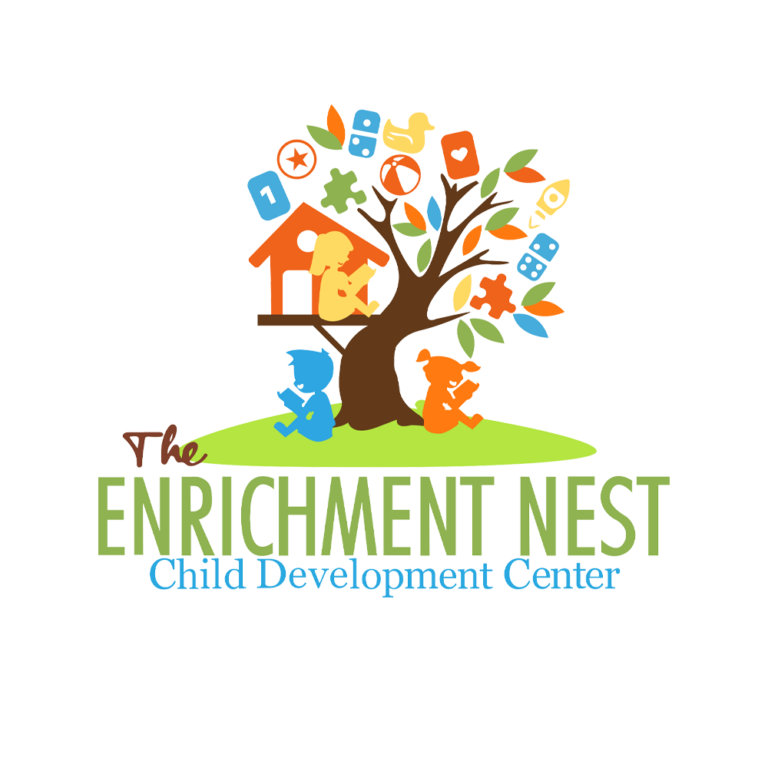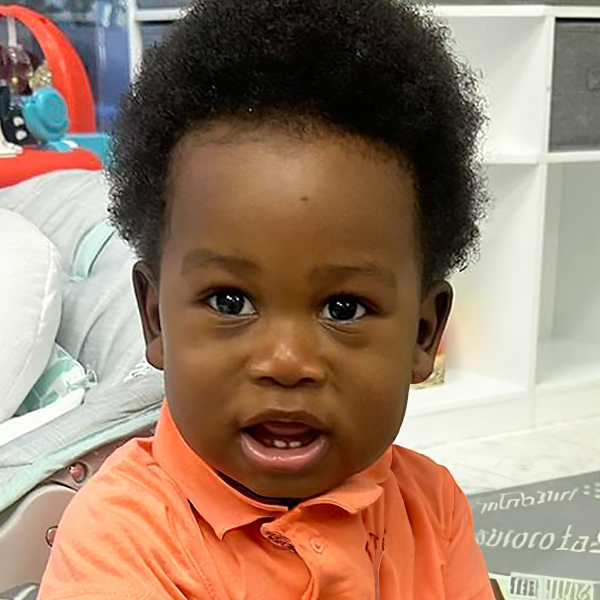In the early years of a child’s life, the groundwork for mathematical thinking is laid through everyday interactions. Math readiness isn’t just about numbers and equations; it’s about fostering a curiosity and comfort with mathematical concepts from infancy. One powerful way to support this development is through engaging in math talk with infants, toddlers, and preschoolers.
Narrate Daily Activities:
From diaper changes to meal times, narrate what you’re doing in simple mathematical terms. Count fingers and toes, talk about the shapes of objects (“This plate is round, and the table is square”), and discuss quantities (“You have one spoon, and I have two”). This helps children connect mathematical concepts to their everyday experiences.
Explore Spatial Concepts:
Encourage children to explore spatial relationships through play. Build towers with blocks, stack cups from largest to smallest, and sort toys by size or shape. Use words like “big,” “small,” “tall,” “short,” “under,” and “over” to describe their actions, helping them develop spatial awareness and vocabulary.
Ask Open-Ended Questions:
Instead of simply providing answers, ask open-ended questions that encourage critical thinking and problem-solving. For example, during a puzzle activity, you might ask, “How can we make this piece fit?” or “What shape comes next in this pattern?” This encourages children to engage actively with mathematical concepts and develop their reasoning skills.
Play Number Games:
Introduce simple number games appropriate for their age, such as counting games, number songs, or matching activities. Use everyday objects like toys, fruits, or buttons for counting practice. For instance, “Let’s count how many blocks you have,” or “Can you find two apples?”
Explore Patterns:
Help children recognize and create patterns in their environment. Point out patterns in nature (like the stripes on a zebra or the petals on a flower) and in everyday objects (like the alternating colors in a traffic light). Encourage them to create their own patterns using blocks, beads, or stickers.
Read Math-Related Books:
Incorporate math-themed books into your reading routine. Choose stories that involve counting, shapes, or mathematical concepts like addition and subtraction. As you read, pause to ask questions about the math in the story or to make connections to the child’s own experiences.
Important:
Talk is a fundamental way children learn, even before they understand what is being said. Children who come from homes where there are a lot of books and where family members talk about what they have read, for example, have been shown to have better literacy outcomes in kindergarten and successive grades1. This same principle holds true for mathematics. The more parents talk with their child about math at home, the more a child’s mind is stimulated to think about math.






